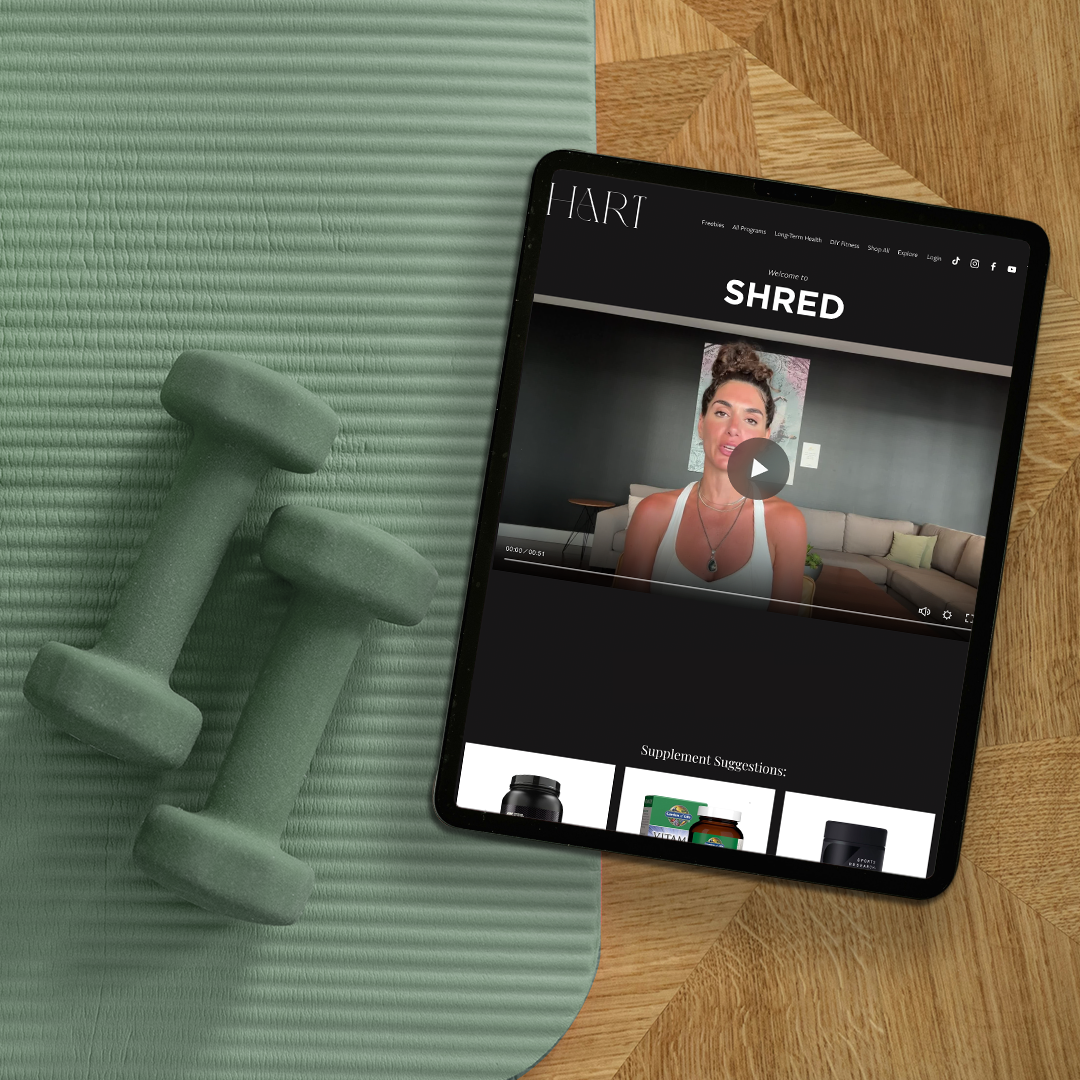Your Personal Checklist to Having a Successful Training Week
Gym frequency depends on your fitness goals. For optimal results, aim for at least three workouts per week. However, consider these guidelines:
Muscle gain: 4 or more workouts per week.
Weight loss: At least 3-4 workouts per week.
Maintenance: 3 workouts per week.
While consistent gym time is crucial, other factors also contribute to success.
1. The training split matches your lifestyle and schedule
Besides making sure you are physically in the gym a given amount of hours per week, you need to also prioritize and take into consideration what specific things you would like to focus on. For example, if you want to build muscle but specifically around your glutes and chest, then you need to consider prioritizing those specific muscle groups and build a program geared towards favoring those muscles.
Your training split needs to match your lifestyle, schedule but also your goals.
2. The reps, sets and rest time MATTERS
This one is also important- depending on what your goals are specifically, you should be altering the given amount of reps and sets you are performing especially in your larger compound movements such as your squats, deadlifts, bench press and overhead press. However, these movements should be determined by your goals.
Let’s say for example, you want to lose body fat. Cool. You may consider working between a 6-10 rep range for your compound movements. If you are someone trying to build muscle, you should consider working between a 2-6 rep range with much more rest than someone who is looking to lose fat and/or maintain.
3. There is slightly more pulling than pushing⠀
We live in a world where most of us are hunched forward staring at a screen for way too many hours a day than we would probably like to admit. Many of us suffer from lower back issues, tight hips, upper cross syndrome and upper trap tightness. Making sure we are considering our daily environment and how it plays a part in our bodies is SO important in maintaining balance and preventing injuries. I always program more pulling in myself and my clients program than not- you should be considering a 2:1 ratio of pull to push.
4. You got all the fundamental movement patterns down before you begin training body part splits
Here’s a misconception: It’s easier to train split body parts than not. While this can be true for certain split days like arms, abs, etc, it is a lot more intense to train this style compared to total body training because of the frequency and demand placed on the body with split days. Not only that, you need to make sure you have the fundamental large compound movements down pat before you move to split body part days because when we train following splits, for example, on leg day, if you cannot properly do a hip hinge, you can guarantee most the exercise you do on leg day will be incorrect. Not only that, you run the risk of injuring yourself as well. Before you move to split body part days, make sure you have the big compound movements and the FORM for those movements down so you keep yourself safe and keep your workouts effective.
5. The intensity of your training matches your fitness goals
The best way to ensure your intensity of your workouts is on point is by having a heart rate monitor. There is no set heart rate zone to match your specific goals, per se, but you should be noticing that with the bigger exercises in your workouts your heart rate should be spiking upwards to about your 70-80% maximum heart rate zone. That can be anywhere between 155 BPM- 175 BPM depending on your age, gender and fitness level.⠀⠀⠀⠀⠀⠀⠀⠀⠀⠀⠀⠀⠀
6. You throw in some metabolic conditioning at least 1x a week
Look, it sure isn’t required, especially if you are someone strictly looking to build lean muscle, however, there is something to be said about catching that “runner's high.” It doesn’t necessarily need to come from running either. But the effect you get from metabolic conditioning is different from strict strength training. That’s because we have two systems the body uses when we workout: aerobic and anaerobic. Anaerobic exercise is exercise intense enough to cause lactate to form. It is used by athletes in non-endurance sports to promote strength, speed and power.
Comparably, aerobic exercise is typically referring to cardio of low to high intensity that depends primarily on the aerobic energy-generating process. You’ll tap into this system when you do metabolic conditioning. Aerobic means, relating to, involving, or requiring free oxygen. By incorporating both aerobic and anaerobic workouts into your training week, you’ll ensure you tap into both required energy systems and maximize your workouts most effectively in order to reach your goals. ⠀⠀⠀






















8 Week Fat Loss Commitment
Progressive overload training via user-friendly App
Individual exercise video demonstrations
Exercise tracking & monitoring via App
Custom calorie and macro recommendations
8 weeks of support and weekly check-ins with Amanda
Downloadable PDF
Supplement suggestions
Grocery lists